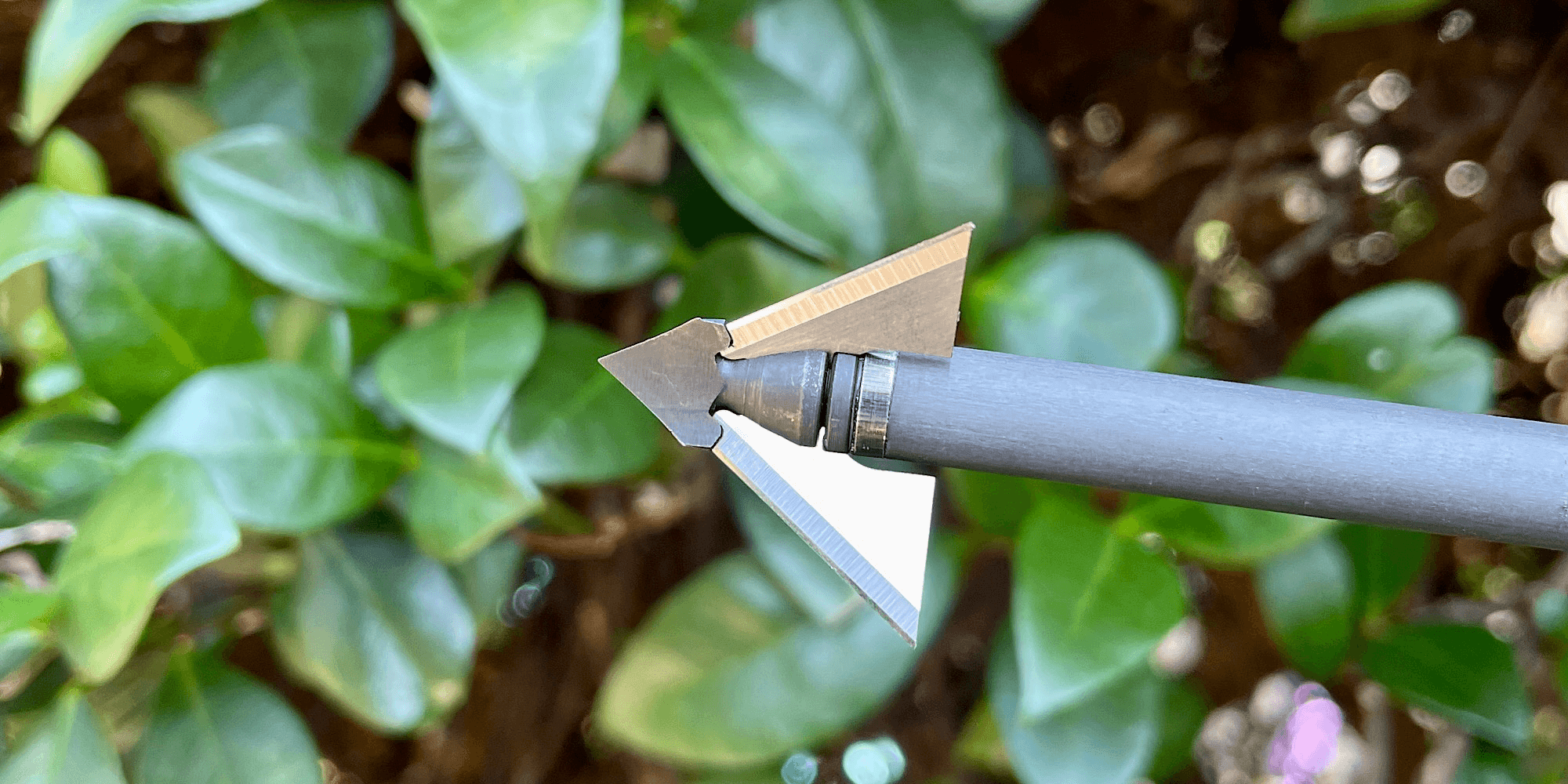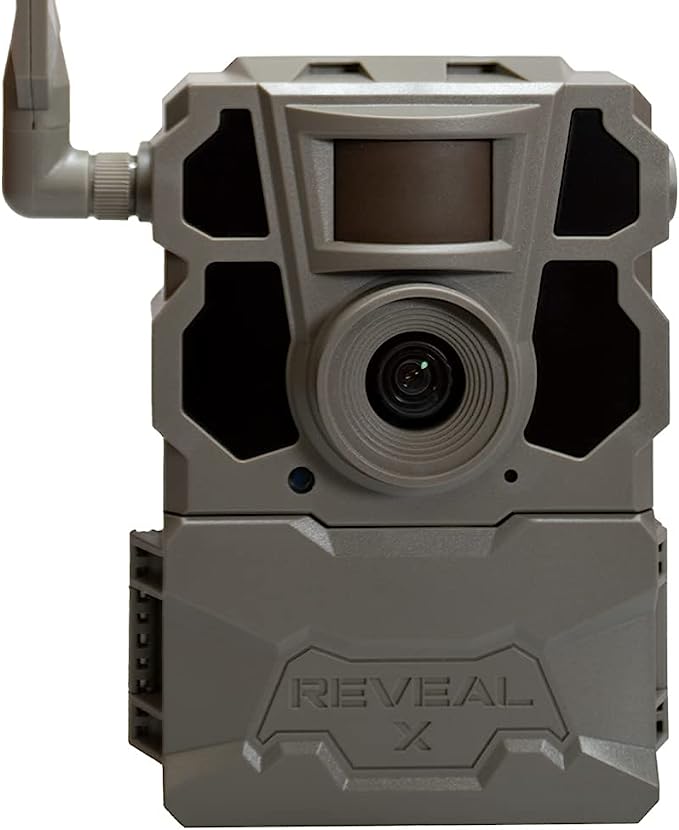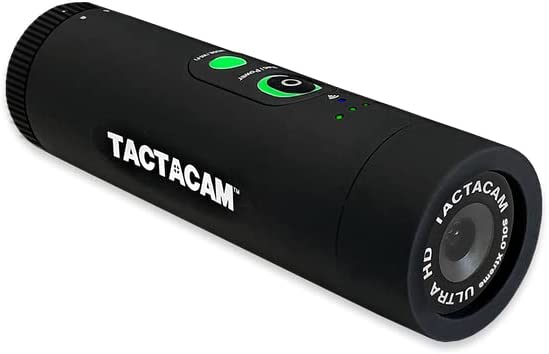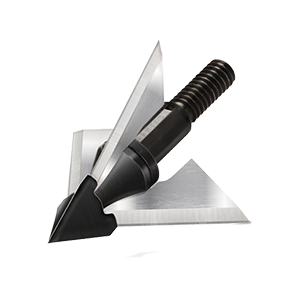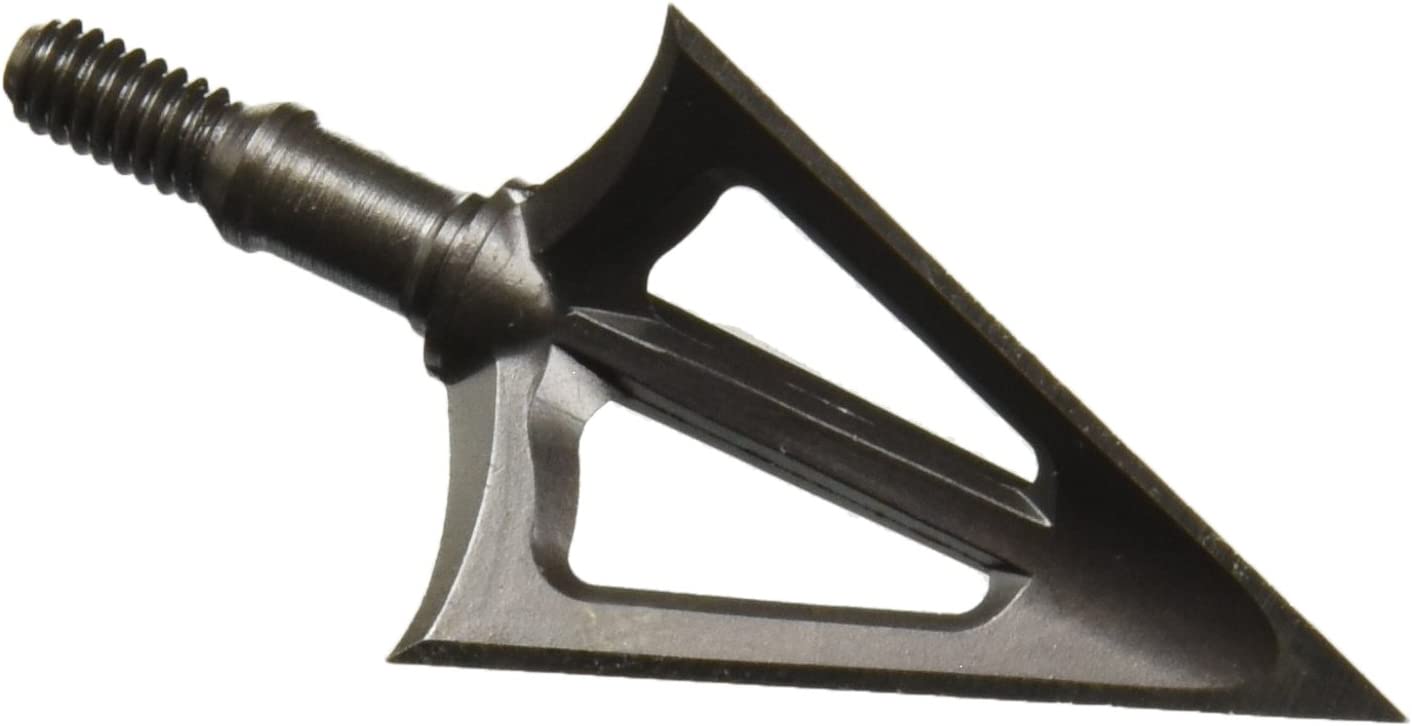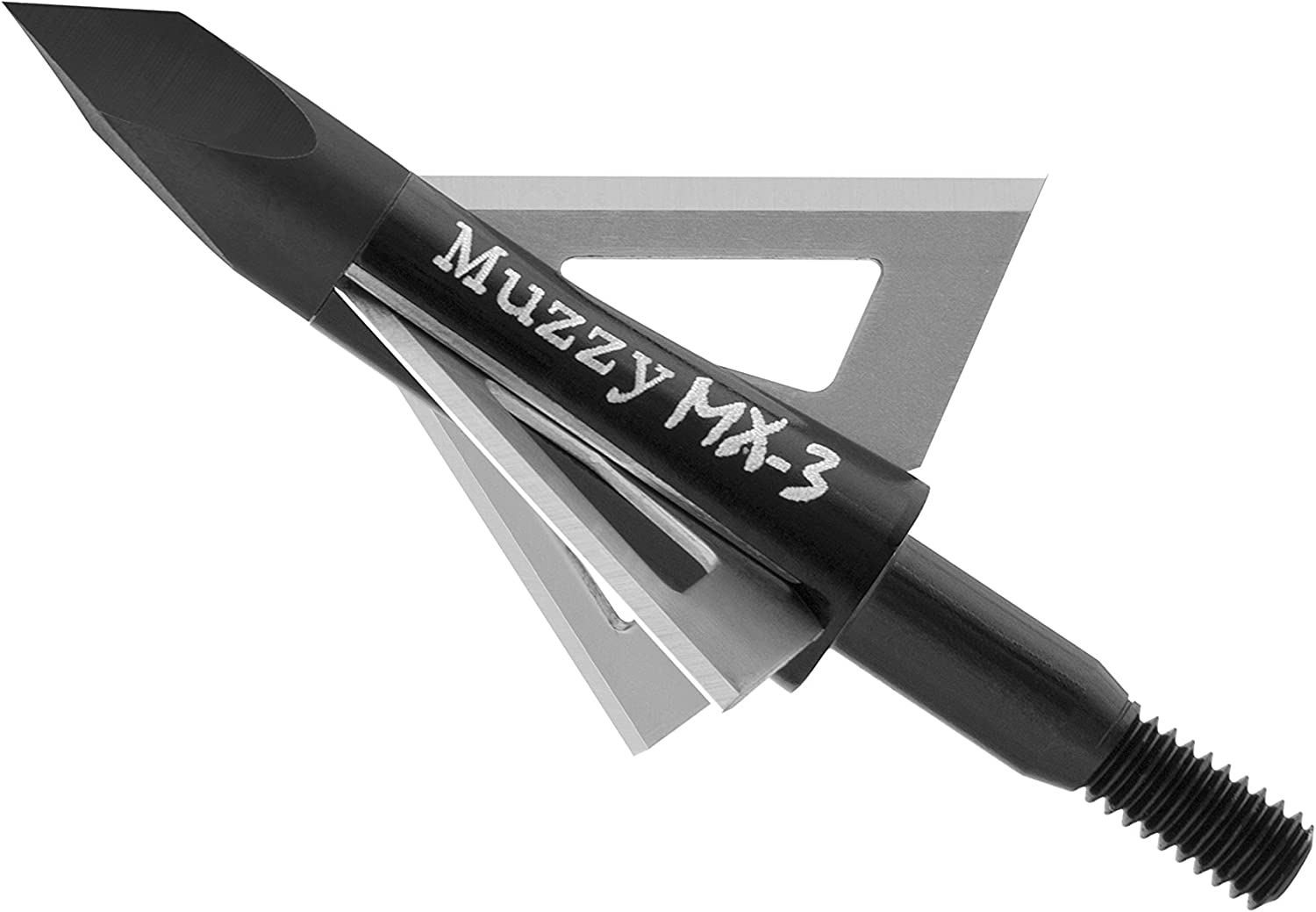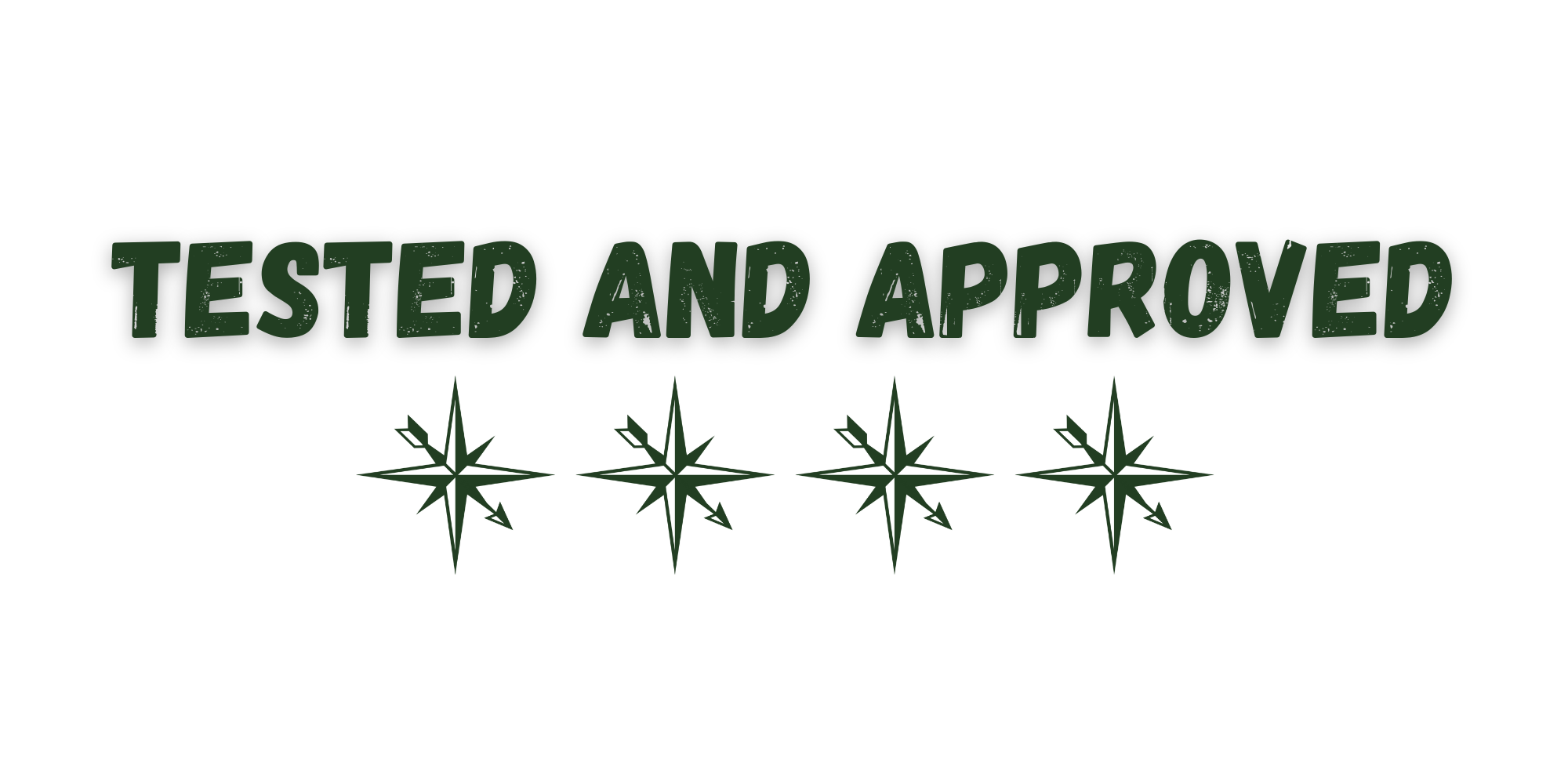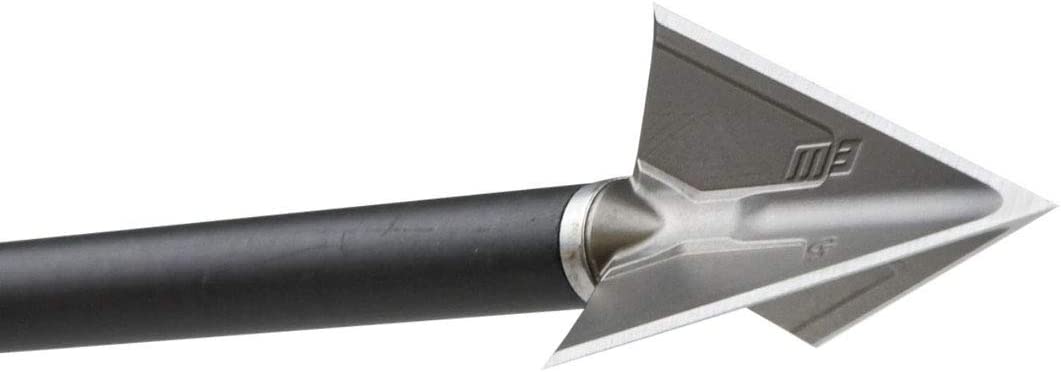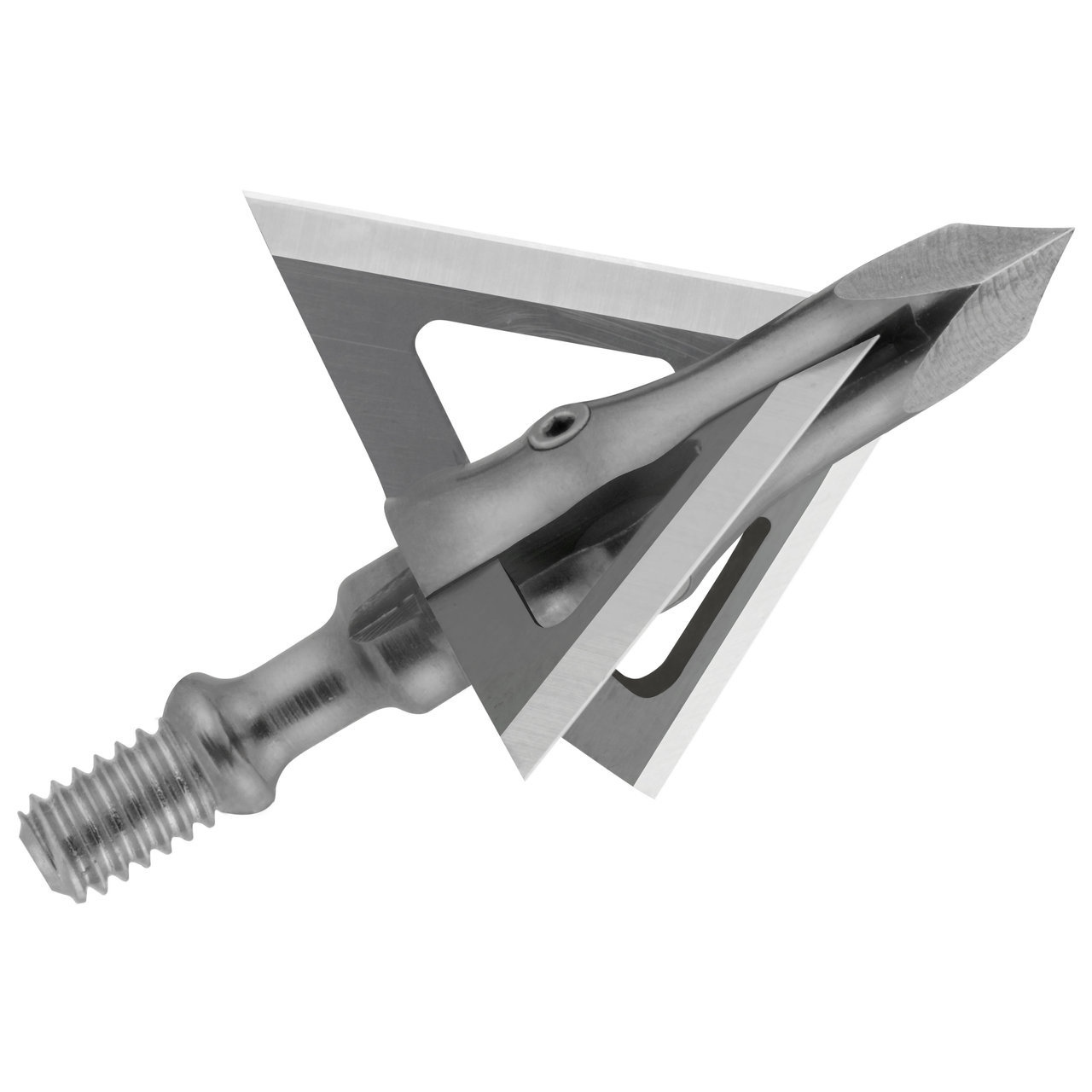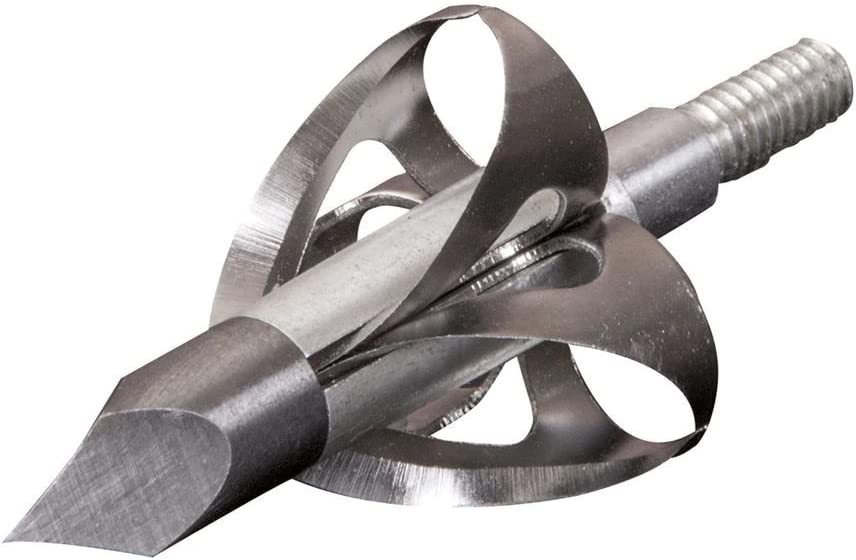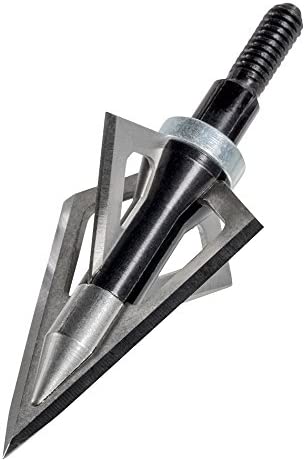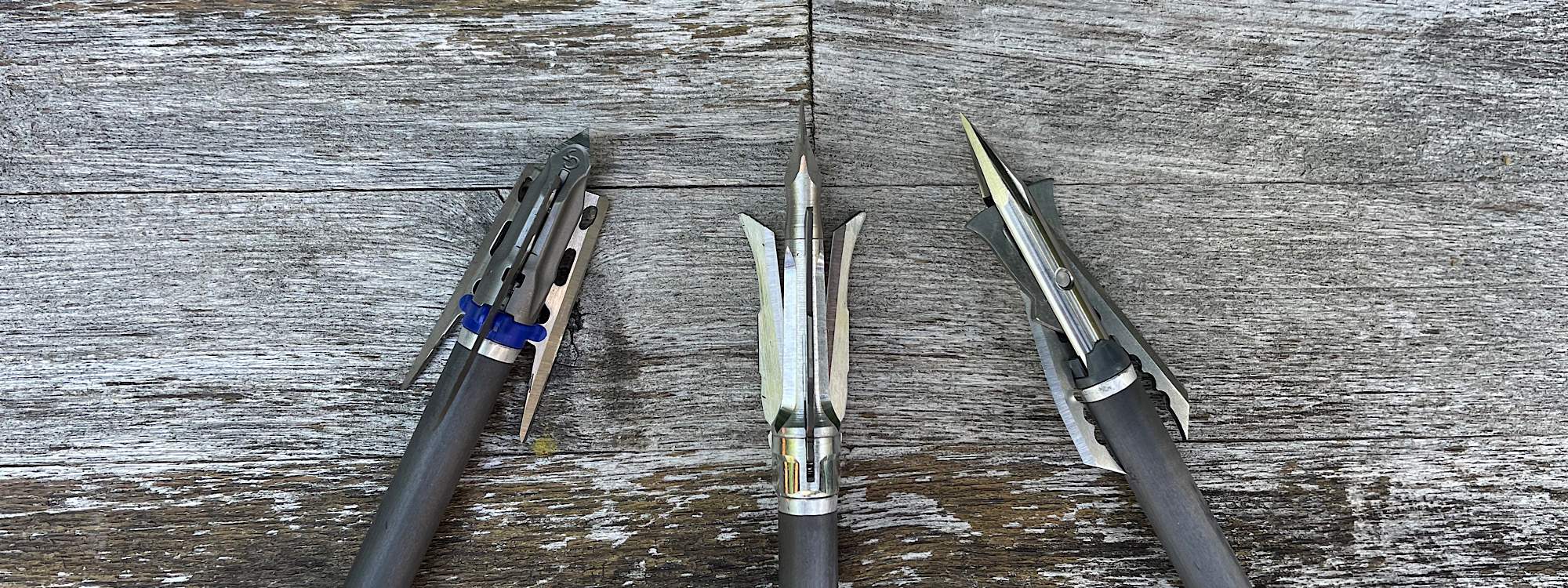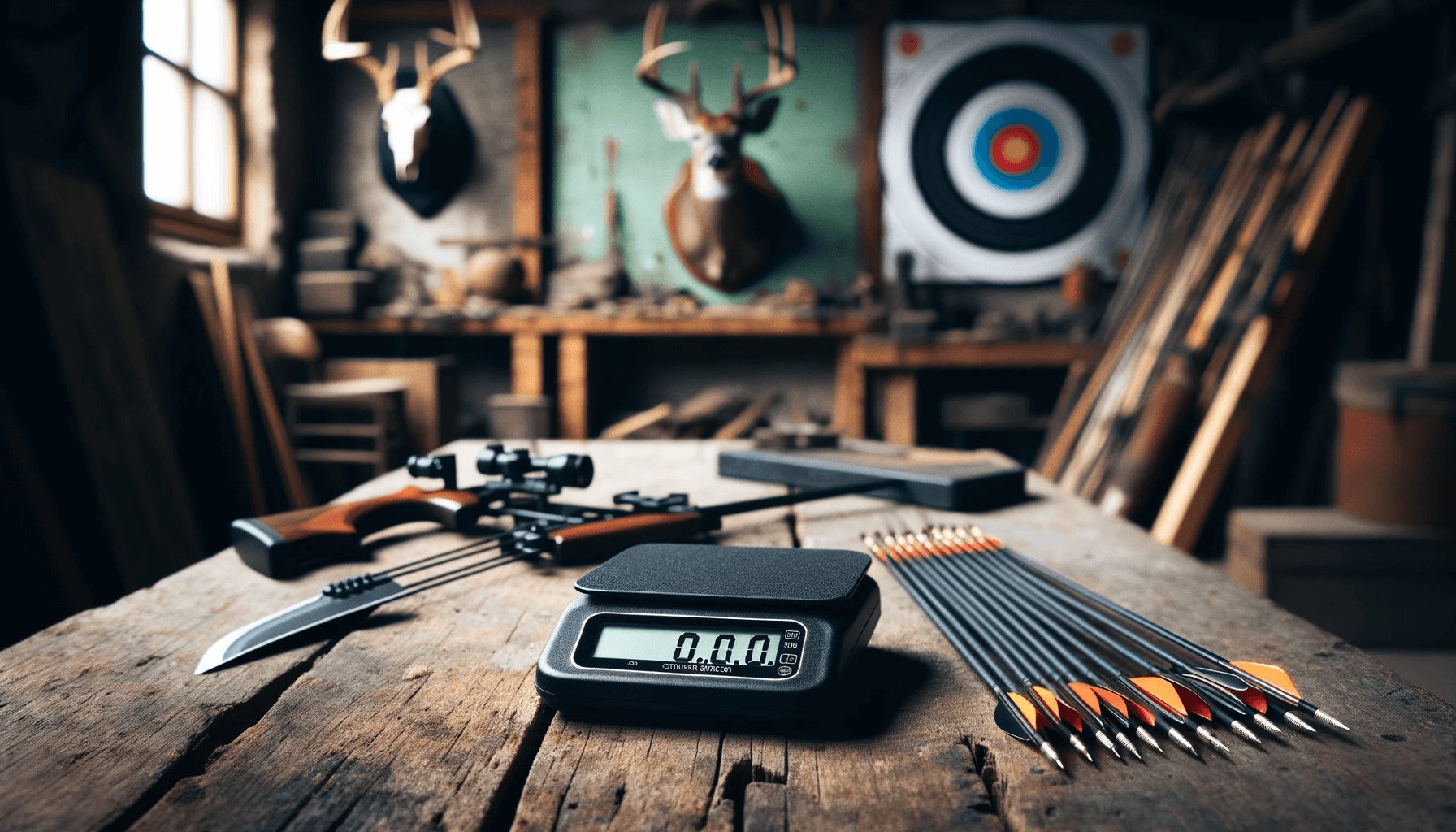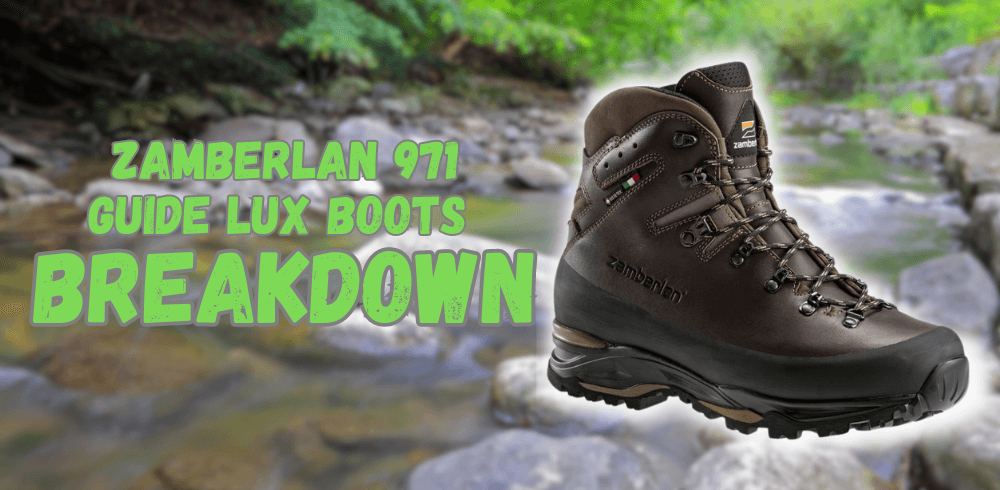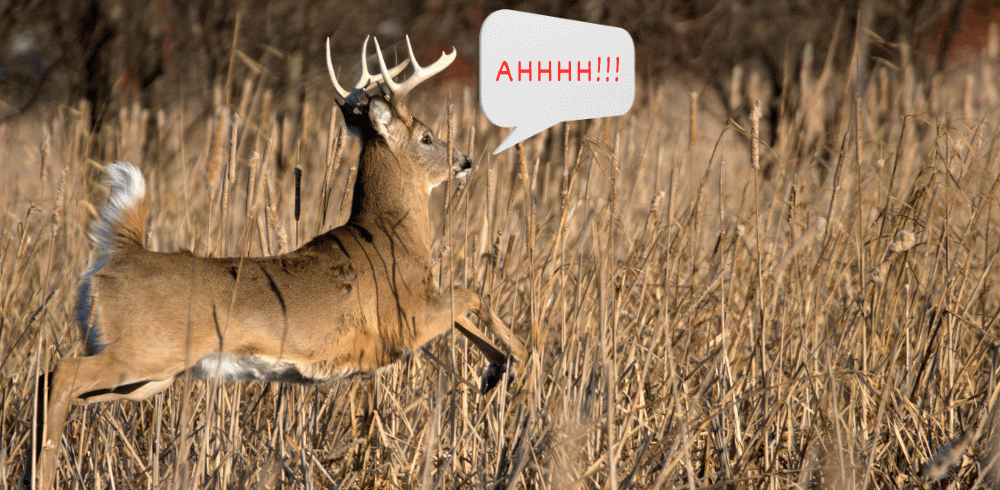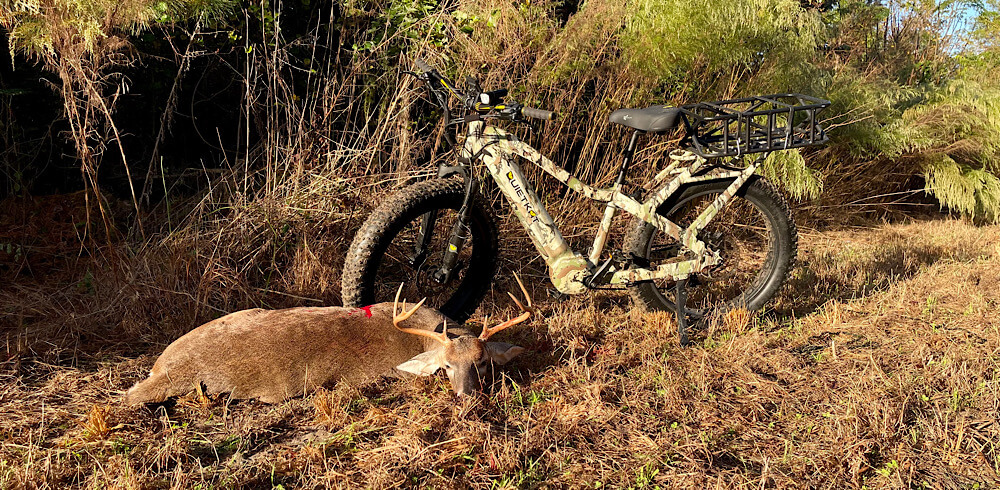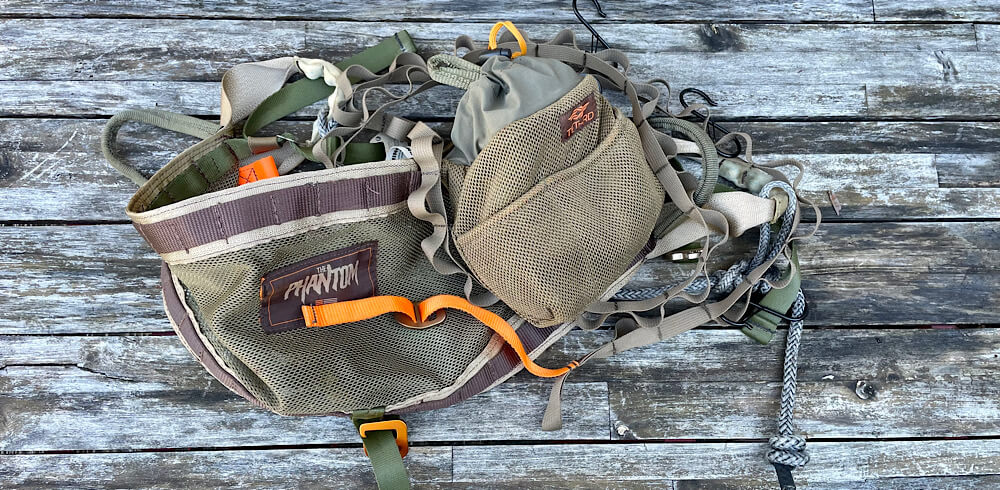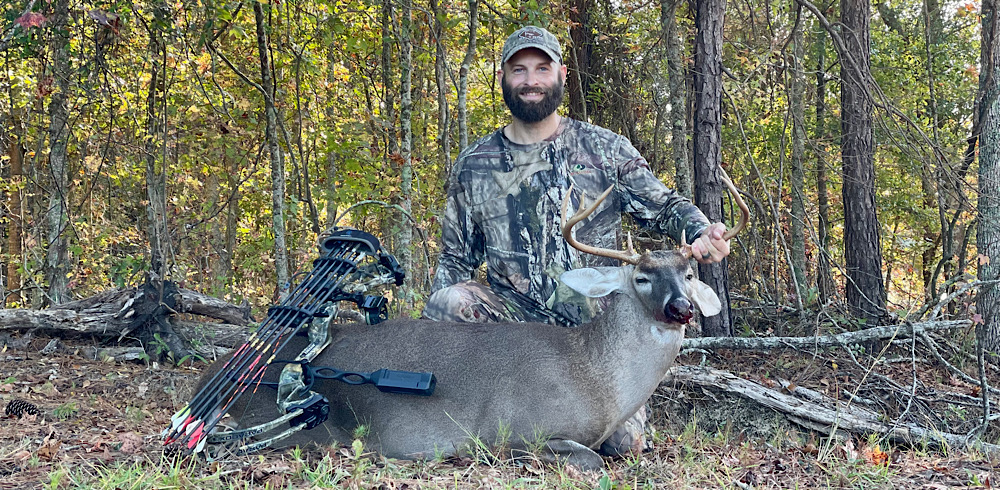The best fixed blade broadheads aren’t just durable. They don’t just allow you to resharpen or replace their blades.
They make short track jobs. Plain and simple. We’ve narrowed down the enormous list of options to the absolute best. The ones that are notorious for delivering results.
Best Fixed Blade Broadheads - Top Picks
(Full List Below)
- Available in 100 and 125 grains
- 1-1/4″ cut
- .040″-thick blades
- Crossbow and small-shaft versions available
- Flies like a field-point
- Razor-sharp out of the package
- Replacement blades available
- Available in 85, 100 and 125 grains
- 1-1/16″ cut
- 25% sharper than original Montec
- Easily resharpened
- Additional honing process for extra sharp edge
- Available in 75, 100 and 125 grains
- Trocar tip
- 1-1/4″ cut
- Short profile
- .025″-thick stainless steel blades
Best Fixed Blade Broadheads - Full List
- Available in 100 and 125 grains
- 1-1/4″ cut
- .040″-thick blades
- Crossbow and small-shaft versions available
- Flies like a field-point
- Razor-sharp out of the package
- Replacement blades available
I can say with absolute certainty that the QAD Exodus fixed blade broadheads absolutely back up their claims.
I purchased a pack two days before my 2022 black bear hunt because I was specifically looking for a fixed blade broadhead that would deliver a full pass-through.
I typically hunt with mechanicals that have very wide cutting diameters, so I rarely get pass-throughs. To gain more penetration and create less friction, I wanted a smaller cutting diameter and no moving parts.
I made the decision on the Exodus after receiving two recommendations from archery professionals.
The Exodus has a very small profile compared to other fixed blade broadheads, and has a 1.25″ cutting diameter.
I got what I was looking for. I target-shot one of them the day after purchasing to confirm they shot the same as my field points.
They shot a little low, but not low enough to even change my sight.
The next day, I got the chance to release one at a broadside bear standing 26 yards away. It blew through both lungs and the opposite leg like butter.
I got exactly what I was hoping for. These are absolutely one of the best fixed blade broadheads on the market, and I’ve got a bear-skin rug to prove it.
*If you’re planning on getting out in the bear woods, but aren’t quite sure where to shoot a bear, this article dives into the anatomy of and proper shot placement for black bear.
- Available in 85, 100 and 125 grains
- 1-1/16″ cut
- 25% sharper than original Montec
- Easily resharpened
- Additional honing process for extra sharp edge
The G5 Montec fixed blade broadhead is another great offering from one of the world’s best broadhead manufacturers.
The Montec, with a 1-1/16″ cut, doesn’t create much friction upon entry, which leads to more pass-throughs.
Also, the blades go through an additional honing process in manufacturing to create an even sharper edge, which can be resharpened after use.
Learning to resharpen blades can save you big money in the long run versus mechanicals, which require replacement blades.
The Montec has been proven – through countless gnarly blood trails – to deliver devastating results that make them one of the best fixed blade broadheads on the market.
- Available in 75, 100 and 125 grains
- Trocar tip
- 1-1/4″ cut
- Short profile
- .025″-thick stainless steel blades
The Muzzy MX-3 fixed blade broadheads have been around long enough to make a lasting impact on the bowhunting community.
The Trocar tip is robust enough to split through bone, and the short-profile blades impart less drag once they enter the target.
The .025″-thick, interlocking stainless steel blades are razor-sharp and can be easily replaced.
The ferrule is made of aircraft-grade aluminum, which adds to the strength and durability of this broadhead.
The MX-3 is easily one of Muzzy’s most popular broadheads – and for good reason.
- Only available in 100 grains for speed and accuracy
- Every broadhead spin-tested
- 1.0625″ cut
- Can be used with crossbow
- Non-vented design
The G5 Montec M3 fixed blade broadhead is G5’s way of trying to 1-up their wildly successful Montec.
The M3 is machined from one solid piece of high-grade, 420 stainless steel, making it super durable.
Its ventless design makes it ultra-quiet flying through the air, and the blades can easily be resharpened after use.
Its 1.0625″ cutting diameter makes it quieter and more accurate than other designs, and it creates less friction upon entry.
G5 has been making premium broadheads at competitive price points for a long time, and the M3 is one of their toughest, quietest, most accurate ones yet.
Easily one of the best fixed blade broadheads out right now.
- Only available in 100 grains
- 1-3/16″ cut
- .035″-thick blades
- Right-helical, 3-blade design
- Stainless steel ferrule
- Replacement blades available
Similar to the MX-3, the Muzzy Trocar fixed blade broadhead features a low-profile, 3-blade design.
What’s unique about this broadhead is that the blades are offset with a right-helical, which helps the arrow to spin and stabilize quicker for a more accurate flight path.
The stainless steel ferrule is stout enough to bust through bone and features a trocar tip, as the name implies.
With low-profile blades and a 1-3/16″ cut, flight accuracy is optimized and friction is reduced upon entry – a deadly combination.
Muzzy is a proven name that the bowhunting community has trusted for years, and they manufacturer some of the world’s best fixed blade broadheads. The Trocar is one of them.
- Radical Core Decompression Technology
- 7/8″ cut diameter
- Toxic and Cyclone blades are interchangeable
- Only available in 100 grain
- Bone-crushing chisel tip
The Flying Arrow Archery Toxic broadheads may have an outside-the-box design, but it has received amazing reviews.
I’ve never personally used them, but proponents of them say they fly exactly like their field points, even at long distances.
And because of the radial coring of the blades, they wreak havoc once they enter the target, leaving very short track jobs. Of course, good shot placement – like with all broadheads – is still necessary.
The small cut diameter of 7/8″ helps these broadheads to shoot like field points.
For those who aren’t afraid to try something new, these broadheads are a great option with a great track record.
- 1-1/16″ cutting diameter
- 1.725″ total cutting surface
- Designed for lower poundage setups
- High penetration design
The Butcher by Dead Ringer is a wicked broadhead that flies well and creates devastating exit wounds.
The sleek, 2-blade design creates less friction, increasing penetration. The cutting diameter is relatively small at 1-1/16″, but the total cutting surface is a whopping 1.725″.
These steel broadheads can be resharpened after use. If you’re looking for a nasty, 2-blade design that’s going to make for a short blood trail, The Butcher is a great option.
- Cut-on-contact design
- Only available in 100 grains
- Replaceable blades
- 1″ cutting diameter
- .027″ bleeder blades
The Wasp Archery SharpShooter has a cut-on-contact design with 2 main blades and 2 smaller bleeder blades.
The main blades have a thickness of .040″ and the bleeder blades have a thickness of .027″. The overall cut diameter is 1″, which offers less friction and more penetration.
The hardened stainless steel forward section of the broadhead aligns the main blade to the ferrule, eliminating misaligned blades and poor arrow flight.
If you’re looking for a solid cut-on-contact broadhead that flies straight and offers deep penetration, the SharpShooter is a great option.
The Pros of a Fixed Blade Broadhead
The pros of using a fixed blade broadhead are numerous. For one, what you see is what you get, meaning nothing has to move or change shapes at the point of impact.
If you’ve got a razor-sharp, 3-blade broadhead before you release the arrow, that’s exactly what’s going to penetrate hide once it gets downrange.
Also, most fixed blade broadheads are able to be made more robust than mechanicals, given the fact that the blades don’t have to move during impact.
Many mechanical blade broadhead manufacturers boast huge wound channels, which stem from extra-wide cut diameters.
The downside to wide cutting mechanicals is that the wider the cut, the more friction that’s created, and the harder it is to get a full pass-through.
It also makes it harder to slip between ribs. Most fixed blade broadheads are created with smaller cut diameters, often being just over an inch or so.
That means the pool to choose from when looking for smaller cutting diameters is pretty large.
You might be thinking, “Why would I want a smaller cutting diameter? Don’t I want to make as big a wound as possible?”
That sounds good, but a big cut isn’t nearly as important as an exit wound. An exit wound means deep penetration and a full pass-through, which brings a massive amount of blood loss.
Massive blood loss leads to a short blood trail, which is a key trait of the best fixed blade broadheads.
Before we move on, I just want to make it clear that I’m not against wide-cutting mechanicals. In fact, the majority of my successful hunts have ended with a wide-cutting mechanical broadhead.
I’ve just found that it can be harder to get a full pass-through with a larger blade. If you’re interested in seeing the best mechanical options out today, you can check them out here.
Fixed blade vs. cut-on-contact
If you’re new to bowhunting, you may be wondering what the difference is between a fixed blade and a cut-on-contact broadhead.
Sometimes, it seems like the terms are used interchangeably, but they’re technically not the same thing.
Many fixed blade broadheads, containing no moving parts, are tipped with a point or chisel tip.
A cut-on-contact broadhead, on the other hand, has blades that begin at the point of the broadhead, causing them to cut on contact with an animal.
So, some fixed blades are cut-on-contact, but not all of them.
How many blades are best?
There’s a ton of options out there, and it can be hard to settle on one design.
2-blade, 3-blade, 4-blade, 2-blade with bleeder blades, cut-on-contact – how do you know which one is the best?
Well, like most things in archery and bowhunting, there isn’t a “best” or a one-size-fits-all when it comes to broadheads.
Each design is going to deliver different results. Obviously, the more blades you have, the more cutting that will take place.
But you’ll also have more surface area, which will increase friction upon entry, and decrease penetration. Also, the more surface area you have, the more the broadhead will affect arrow flight.
2-blade, cut-on-contact broadheads may not create the largest, nastiest cuts, but they go to work instantly and give you a great chance at a full pass-through, especially from higher-poundage bows.
4-blade designs may give you a large cut, but you’ve also got more blades to affect arrow flight.
If you’re not concerned with greater friction through an animal, and you’re willing to test it out and broadhead tune as needed, they’re a great option.
3-blade designs are a great in-between, offering good cutting size, while not adding too much surface area to be affected by the wind.
Throw in a trocar or chisel tip and you’ve got a bone-crushing, devastating broadhead. Moral of the story, any and all designs can be good, depending on your setup.
You see, every broadhead won’t fly the same out of every setup. Arrow length, center-of-gravity, FOC (forward of center), vane configuration, and broadhead shape and design all work together to affect the way an arrow flies.
So, knowing which broadhead is best for your setup is really just a matter of knowing what you want out of a broadhead, testing one out, and tuning your bow to the way an arrow flies with that particular broadhead on it.
And you won’t always need to tune your bow to a given broadhead. It’s just something to keep in mind in case your bow starts shooting consistently off in one direction from your field points.
How many grains should I shoot?
Broadhead weight is determined mostly by arrow spine. When choosing the spine of a shaft, broadhead weight, as well as several other factors, has to be taken into account.
So, if you’re purchasing broadheads to use as part of your current arrow/bow setup, you’re limited to that setup.
If, however, you’re creating a whole new setup, you have the freedom to build it around a desired broadhead weight – at least to some degree.
An arrow manufacturer’s spine calculator on their website should help you figure out how light or heavy you can go with your broadhead, given the other key parameters (i.e. nock weight, insert/outsert weight, arrow length, draw weight, etc.).
If, for example, you have a range – maybe from 100-150 grains – that would work with your setup, you just need to choose how light or heavy you want to go.
FOC (front-of-center) has become popular in recent years as some bowhunters have opted for more weight up front to gain more “punch” on impact.
This is especially true for those hunting bigger game, such as elk, moose, and buffalo.
When choosing your broadhead weight, just remember that a well-placed 100-grain broadhead is just as effective as a 150-grain broadhead.
It’s more about how you use it. So, just make sure to optimize your setup and don’t get too caught up in how much weight you’ve got up front.
Should You Shoot A Heavier Arrow?
Before choosing your arrow, it’s important to decide whether you’d prefer a heavier or lighter arrow setup.
For help determining if you should be shooting a heavier arrow, check out this article that I wrote on the subject.
Questions and Comments
I’d love to hear your thoughts on broadhead selection, and what you’re using this year.
Leave any questions or comments below, and feel free to reach out on Instagram or Facebook @southeasternbowhunting.

